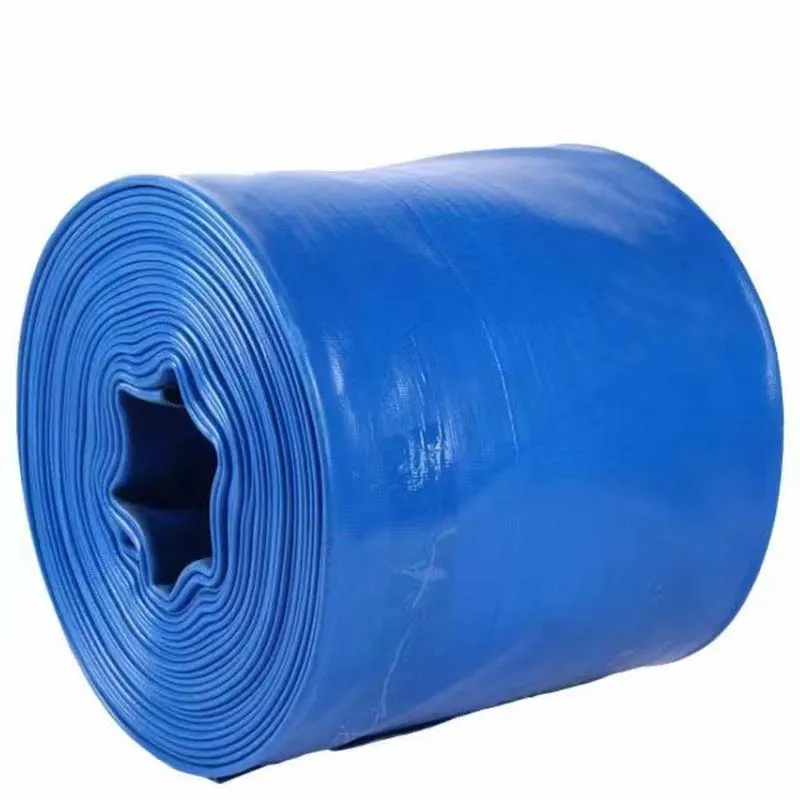Durable 2 Inch PVC Suction Hose for Water and Liquid Transfer
Understanding 2 Inch PVC Suction Hose Applications, Benefits, and Maintenance
When it comes to fluid transfer, the choice of the right hose is crucial for efficiency and safety. Among the various options available, the 2 inch PVC suction hose stands out due to its versatility and reliability. This article explores the characteristics, applications, benefits, and maintenance of 2 inch PVC suction hoses.
What is a 2 Inch PVC Suction Hose?
A 2 inch PVC suction hose is a type of hose made from polyvinyl chloride (PVC) that is specifically designed to transport liquids and slurries. The 2 inch measurement refers to the internal diameter of the hose, making it suitable for a variety of applications requiring a moderate flow rate. The construction materials offer certain flexibility and durability, allowing it to withstand various environmental conditions.
Applications of 2 Inch PVC Suction Hose
The versatility of 2 inch PVC suction hoses makes them suitable for numerous applications across different industries. Some common uses include
1. Agriculture In agriculture, these hoses are often used for transferring water, fertilizers, and other liquid treatments to and from tanks, pumps, and irrigation systems. Their ability to handle suction makes them ideal for drawing water from ponds or tanks.
2. Construction In construction sites, 2 inch PVC suction hoses are frequently used for dewatering, which is essential for keeping work areas dry. They can efficiently remove excess water from excavations or foundations, ensuring safety and compliance with project specifications.
3. Industrial Applications Many industries utilize these hoses for transferring chemicals, slurries, and various types of liquids during manufacturing processes. Their chemical resistance depends on the specific formulation of the PVC used.
4. Marine Use The 2 inch PVC suction hose can also be used in marine applications for transporting water and other fluids in boat systems or for pumping out bilge water from boats.
5. Food and Beverage Certain grades of PVC hoses are approved for food contact, enabling their use in the transfer of non-fatty food products and beverages in compliance with health and safety regulations.
Benefits of Using 2 Inch PVC Suction Hose
The 2 inch PVC suction hose offers numerous advantages, making it a preferred choice among professionals
2 inch pvc suction hose

- Lightweight and Easy to Handle PVC hoses are generally lighter than traditional rubber hoses, making them easier to transport and maneuver during installation or use.
- Durability PVC is known for its resistance to abrasions, corrosion, and impact, which means that the hose can withstand rugged environments without degrading quickly.
- Weather Resistant These hoses can withstand various weather conditions including UV rays, making them suitable for outdoor applications.
- Cost-Effective PVC suction hoses are typically more affordable than their rubber counterparts, making them an economical option for a wide range of applications.
- Transparency Many PVC hoses are semi-transparent, allowing for the visual inspection of fluid flow. This feature is particularly useful in monitoring processes.
Maintenance of 2 Inch PVC Suction Hose
To ensure the longevity and optimal performance of your 2 inch PVC suction hose, proper maintenance is essential. Here are some tips
- Regular Inspection Frequently check the hose for signs of wear, such as cracks or leaks. Early detection of damage can prevent more significant issues.
- Cleaning After use, particularly in agricultural or food applications, clean the hose thoroughly to remove any residues. A mild detergent followed by rinsing with clean water is typically sufficient.
- Avoid Hot Liquids PVC hoses are not designed to handle extremely hot fluids. Always use them within the temperature limits specified by the manufacturer to avoid deformation.
- Store Properly When not in use, store the hose in a cool, dry place, away from direct sunlight. Coiling the hose loosely prevents kinks and ensures it retains its shape.
Conclusion
In summary, the 2 inch PVC suction hose is a versatile and durable option for various fluid transfer applications. Its lightweight nature, resistance to weather elements, and cost-effectiveness make it a popular choice in agriculture, construction, industrial settings, and beyond. To maximize its longevity and efficiency, regular maintenance and proper handling are key. Whether you are a professional in a specific industry or a DIY enthusiast, understanding and utilizing this essential tool can enhance your operations significantly.
-
Top Quality Oxy Acetylene Hoses for Sale Fit for Welding DemandsNewsJul.28,2025
-
The Future of Pneumatic Air Tubes in IndustryNewsJul.28,2025
-
Superior and Reliable LPG Hose Pipe Solutions for Every NeedNewsJul.28,2025
-
Exceptionally Durable and Versatile Premium Braided PVC TubingNewsJul.28,2025
-
Best Adapters for Connecting Garden Hose to PVC Pipe ConnectionsNewsJul.28,2025
-
The Essential Role of LPG Hoses in Safe and Efficient Gas DistributionNewsJul.16,2025














